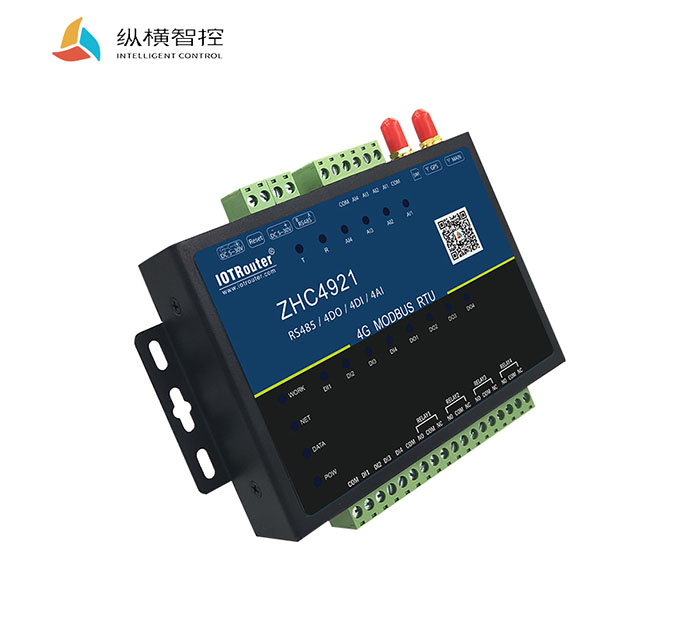What is RTU ?
RTU is the abbreviation of Remote Terminal Unit (remote measurement and control terminal), which is responsible for monitoring and controlling on-site signals and industrial equipment. RTU is the core device that constitutes the enterprise’s comprehensive automation system. It usually consists of signal input/output modules, microprocessors, wired/wireless communication equipment, power supplies, and enclosures. It is controlled by the microprocessor and supports network systems. Through its own software (or intelligent software) system, it can ideally realize the telemetry, remote control, remote signaling and remote adjustment functions of the enterprise’s central monitoring and dispatching system for primary instruments at the production site.


An RTU can consist of several, dozens or hundreds of I/O points and can be placed on-site near the measurement point. RTU has at least the following two functions: data collection and processing, data transmission (network communication). Of course, many RTUs also have PID control function or logic control function, flow accumulation function, etc.
The composition of RTU
The hardware of RTU mainly includes functional modules such as CPU, memory, and various input and output interfaces. These modules are integrated into the circuit board, and the connection of each functional module of the RTU is completed through circuit board wiring. The CPU is the central system of the RTU controller and is responsible for processing various input signals. After calculation and processing, the output is completed. The memory is the RTU memory system, used to store various temporary or permanent data. RTU generally includes various interfaces such as switching input, switching output, analog input, analog output, and RS485 communication.
RTU functions
1. Provide multiple digital interfaces and multiple analog interfaces;
2. Collect the status quantity and send it to the remote location, with photoelectric isolation, and remote signaling changes are transmitted first;
3. Collect data and send it to a remote location with photoelectric isolation;
4. Directly collect the power frequency of the system to measure the voltage, current, active power, and reactive power and send it to the remote location, and calculate the forward and reverse power levels;
5. Collect pulse electrical measurements and send them to a remote location with photoelectric isolation;
6. Collect event sequence records and send them remotely;
7. Receive and execute remote control and return to school;
8. Accept remote commands and choose to send various types of information;
9. Remote/local settings can be performed;
10. Program self-diagnosis and self-recovery;
Characteristics of RTU
Extremely strong environmental adaptability, working temperature -40℃-70℃, ambient humidity 5%-95%RH;
Extremely strong anti-electromagnetic interference ability;
Multiple standard communication protocols;
Rich communication interfaces, supporting multiple communication methods and long communication distance;
It is widely used in water conservancy, electric power dispatching, municipal dispatching and other industries with remote signaling, telemetry and remote control fields.
Application scenarios of RTU
Compared with the commonly used programmable controller PLC, RTU usually has excellent communication capabilities and larger storage capacity, is suitable for harsher temperature and humidity environments, and provides more computing functions. RTU products are widely used in SCADA systems in oil and gas, water conservancy, electric power dispatching, municipal dispatching and other industries.
Today, RTU technology is developing in an intelligent direction. The intelligent RTU can automatically determine whether the acquired data needs to be reported to the central control station immediately, or whether it can be temporarily retained locally and then transmitted later, or until the central control station requires it. The intelligent RTU can automatically detect the interruption of communication and immediately start saving data to the memory, so that the communication network can be used most effectively. The intelligent RTU can also transmit critical data to several central control stations at the same time. In addition, since security is the biggest issue in current communication networks, intelligent RTU can encrypt data before transmission and can also deny access from unknown addresses.